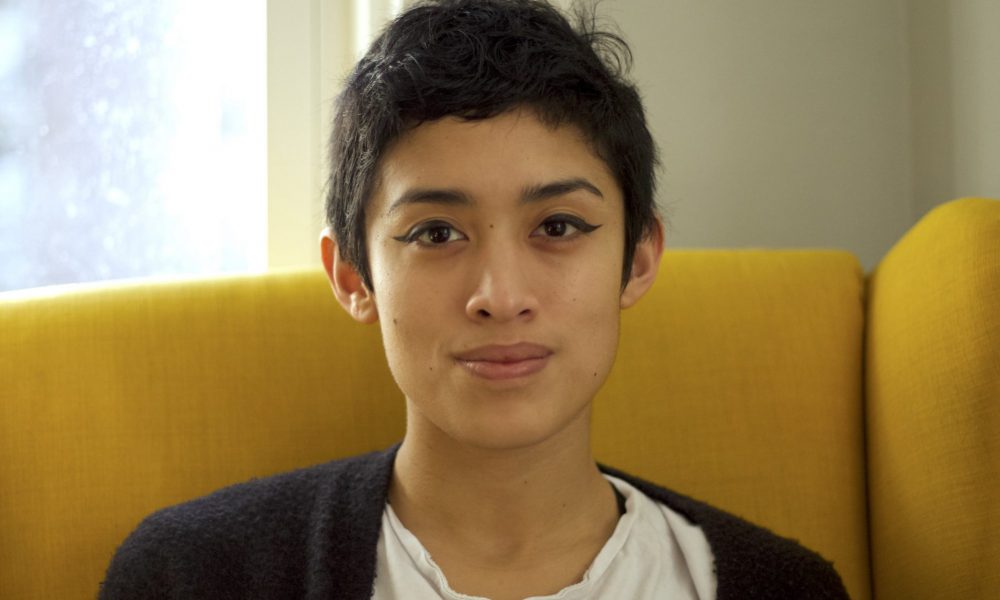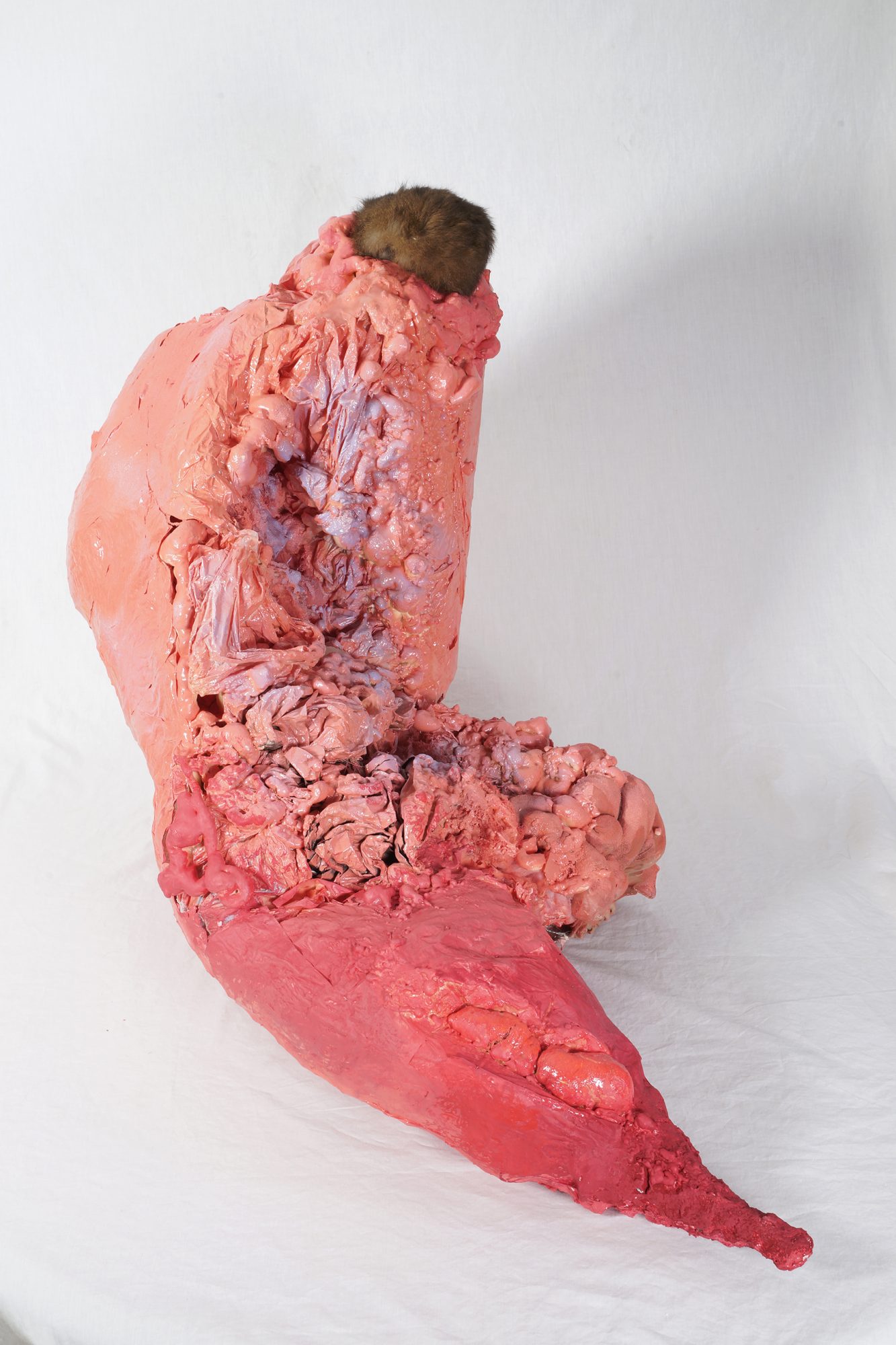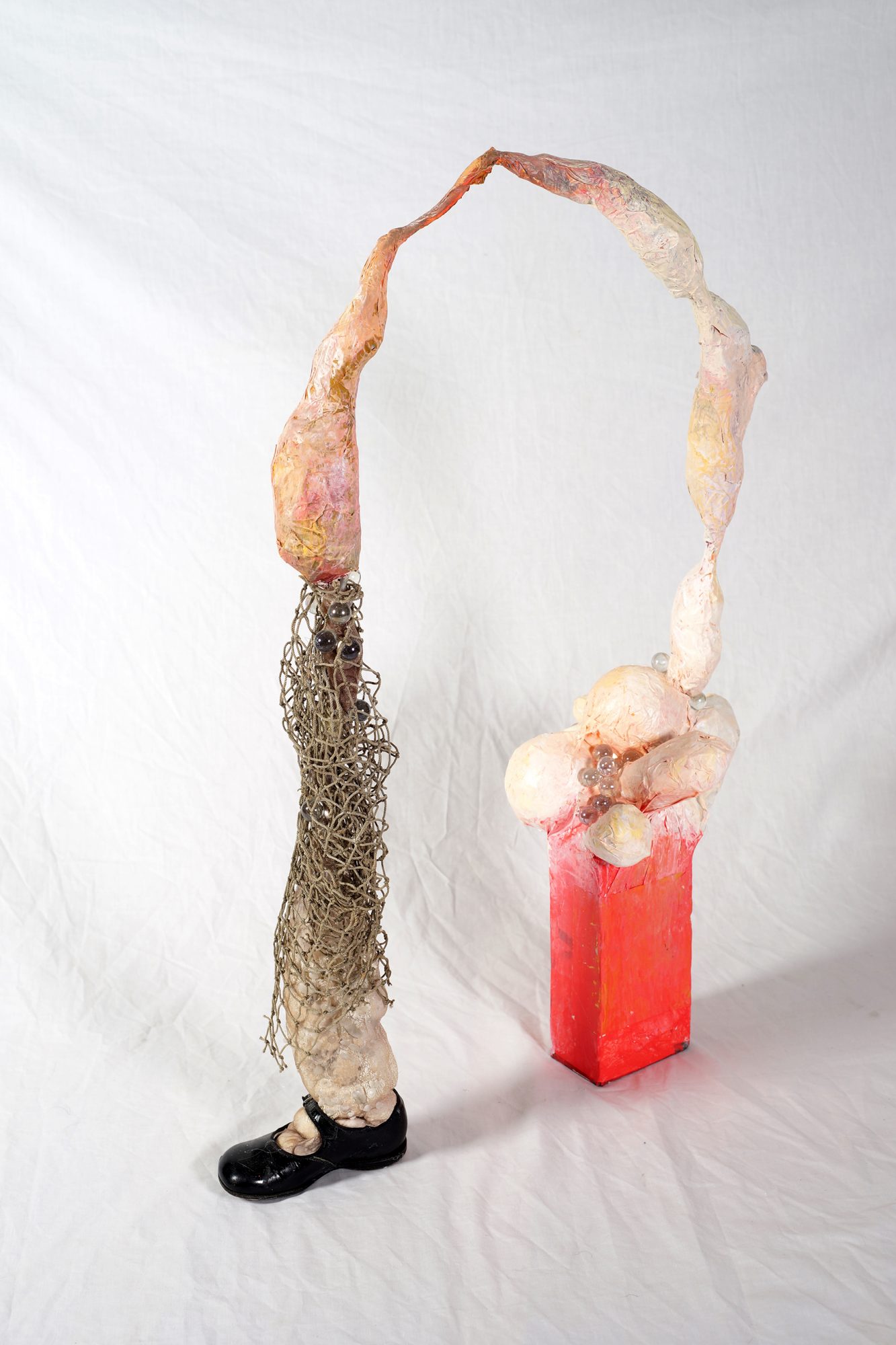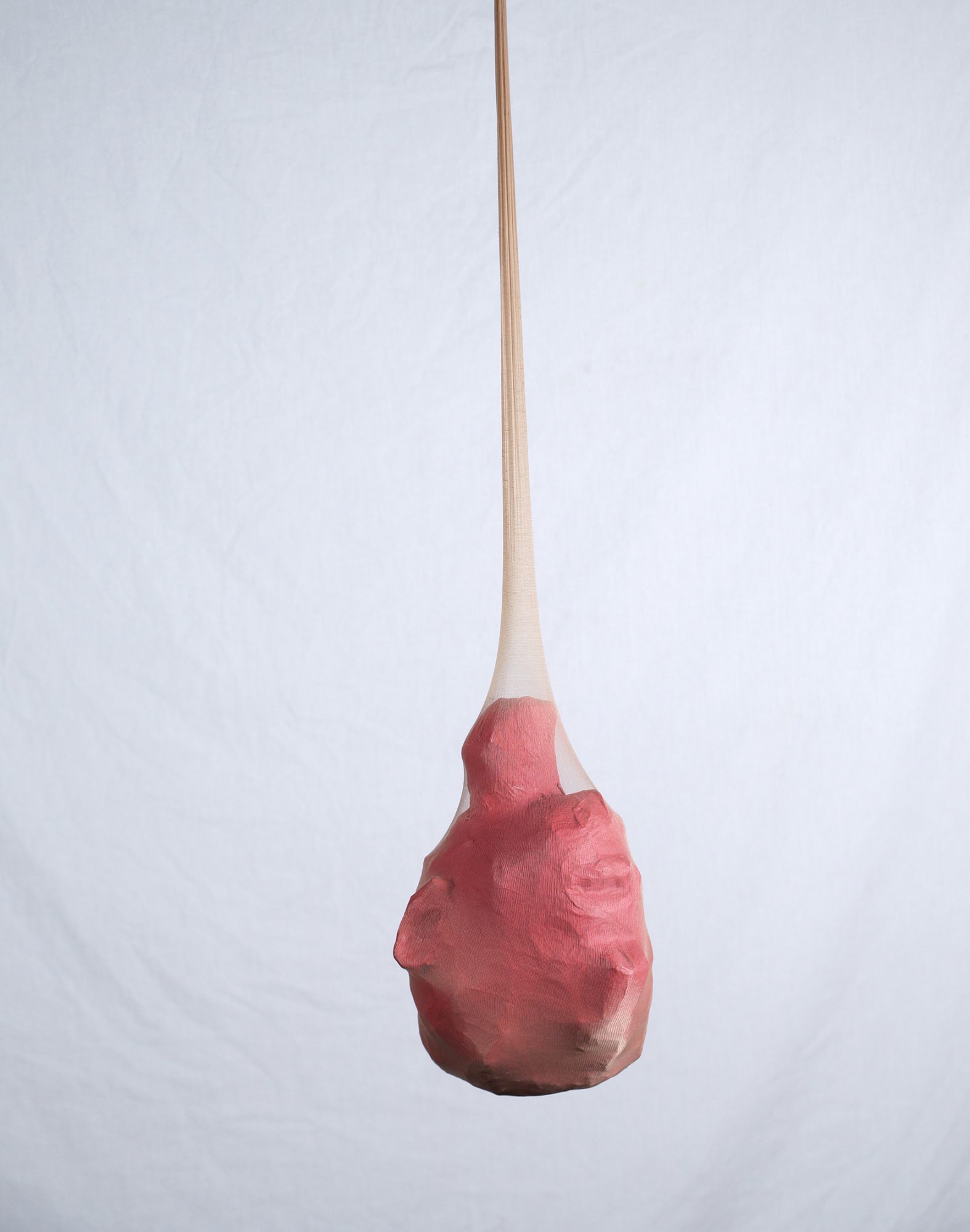

Today we’d like to introduce you to Ariana Lee.
Ariana, we’d love to hear your story and how you got to where you are today both personally and as an artist.
I grew up outside of Boston in a family with the uncommon heritage of being Iranian and Chinese. I was always an artist, but I was not necessarily always trying to make a career out of it. My family members were doctors and scholars all of whom are creative people with practices of their own. I assumed that I, too, would become a doctor with a creative practice like my parents so I used my undergraduate time at Brown to study Eastern European history and post-colonial studies while fulfilling my pre-med requirements. That obviously kept me very busy, so it was only after I graduated, when I had an internship at POLIN Museum — a Jewish History Museum — that I began to think more seriously about what it would mean to pursue my future as an artist. When I came back to Providence, I met a girl — Polina Volfovich — who actually had also travelled to Poland that summer and heard of me through mutual friends over there. I began to work on a show that she was co-creating with Jennifer Dalton Vincent and pulled my first all-nighters in the name of art. If I had to point to a significant turning point, I would point to that one, as it was the first time I felt what a real commitment to making felt like and realized that I loved it.
Polina generously let me work in her studio after that point and I decided I wanted to return to school for a program that would give me a picture of what it would be like to pursue an MFA. I was accepted to the School of the Museum of Fine Arts at Tufts University and there I really had the space and time to develop my practice further. I became intent on studying how non-white artists made work about the memory of colonization and that essentially was the concept that was and is pushing me to develop my work. The classes I had exposed me to the work of artists like Ana Mendieta, Eva Hesse, Rashid Johnson, Alina Szapocznikow, Janine Antoni and others.
Since graduating, I have taken a few big steps, which is that I have a studio where I practice and also have begun creating a podcast with my friend Palace Shaw about the racial politics of art institutions.
We’d love to hear more about your art. What do you do you do and why and what do you hope others will take away from your work?
I make works across media that center around post-coloniality and the embodied. I am currently working mainly in sculpture, which is a fairly new medium for me. I like to combine materials that often are common household items or discarded material — e.g.: coupon sections of the newspaper, plastic bags, cotton, insulation, bleach, and so on. This process of combining, transforming, and destroying these materials to me describes the estranged, alienating, beautiful, and quotidian aspects of existing after something destructive has transpired.
I am not sure what any one of these pieces can teach, but what I hope for viewers is resonance and that on their terms they can feel some kind of kinship with these objects. While I had specific histories in mind while creating them, I really believe that they can speak to someone differently than they spoke to me, and in fact I think it would be a good thing for that to happen with a viewer. Through relating through a more personal lens, I think that viewers can better access narratives about the body and hopefully feel comforted by the fact that resonance through difference is possible.
Have things improved for artists? What should cities do to empower artists?
I think it depends on what you want, but I do think this city has a lot of amazing artists– especially artists of color –despite the fact that certain forces divide artists from each other. It is problematic that many art institutions do not do anything for the long-term empowerment of artists, expect artists to work for extremely cheap or free, or chose to only support artists coming from academia. There needs to be more of an investment in the amazing people who are here. So basically, I think that being an artist is extremely tough in this city and that is why I admire artists whether they are students or older folx with more of an audience. It is a very fulfilling career, but one that is made even harder by the expenses and culture of this city.
I think the main thing the city can do for artists is to provide them with spaces where they can work together and create meaningful relationships with one another. It is in this kind of cooperative mindset that artists can begin to work towards something bigger than themselves or their individual needs and address some of the larger problems. Because these spaces — physical or monetary — don’t exist in the way that they should, artists keep pushing into cheap parts of the city and ultimately aiding forces of gentrification.
Do you have any events or exhibitions coming up? Where would one go to see more of your work? How can people support you and your artwork?
Website for my art — Arianaleeart.com
Website for my podcast with Palace Shaw: whitestcube.carrd.co
IG: @whitestcube
Contact Info:
- Website: arianaleeart.com
- Email: arianaleeart@gmail.com
- Instagram: @whitestcube
- Other: whitestcube.carrd.co



 Image Credit:
Image Credit:
Photos by Andy Davis
Getting in touch: BostonVoyager is built on recommendations from the community; it’s how we uncover hidden gems, so if you know someone who deserves recognition please let us know here.

















